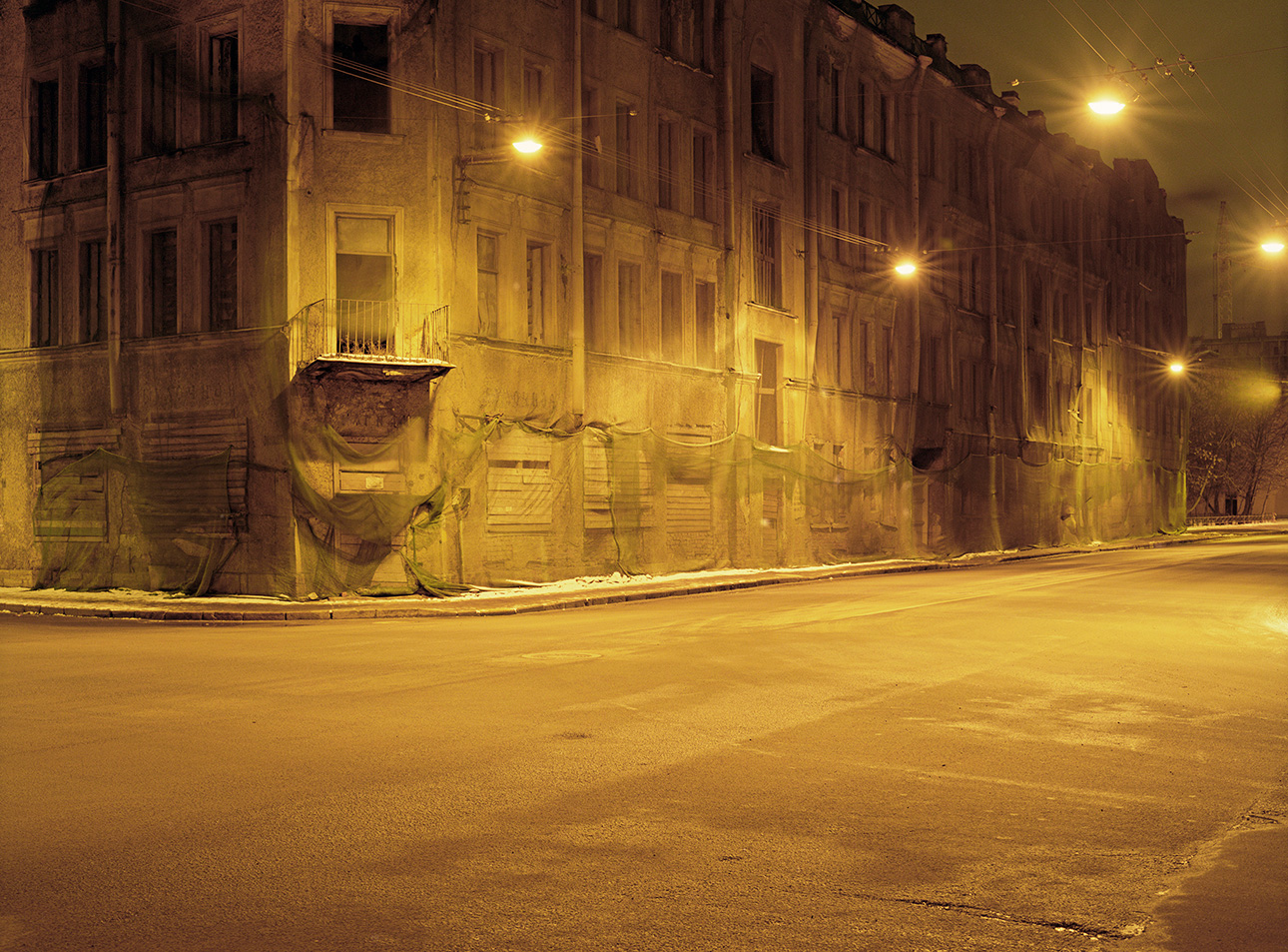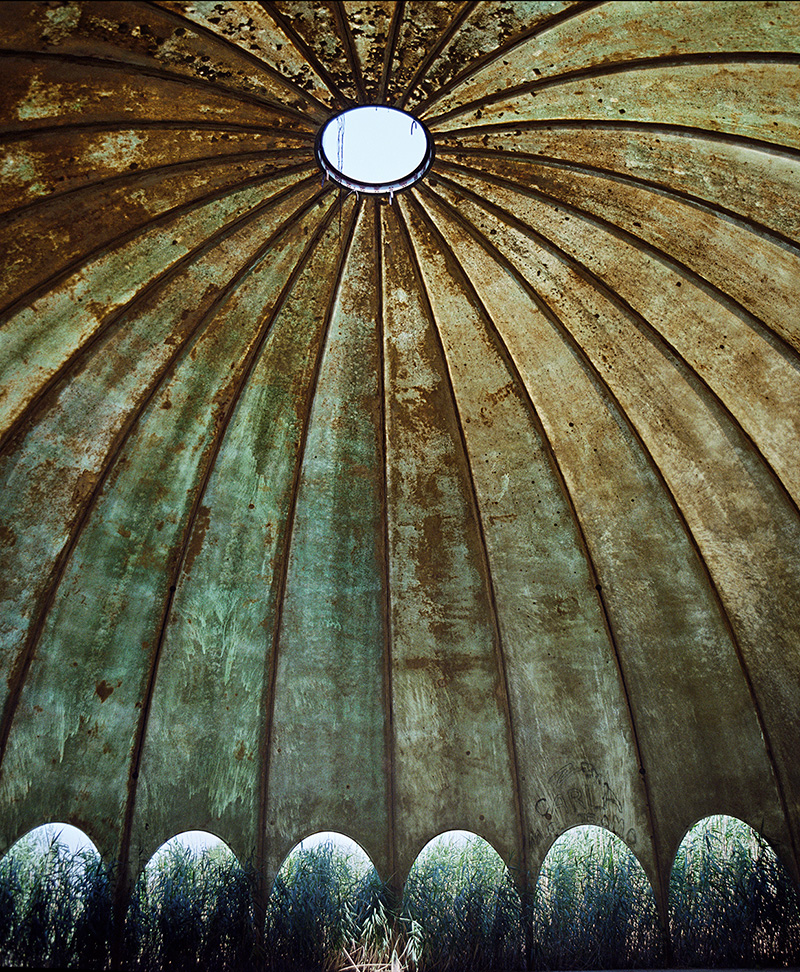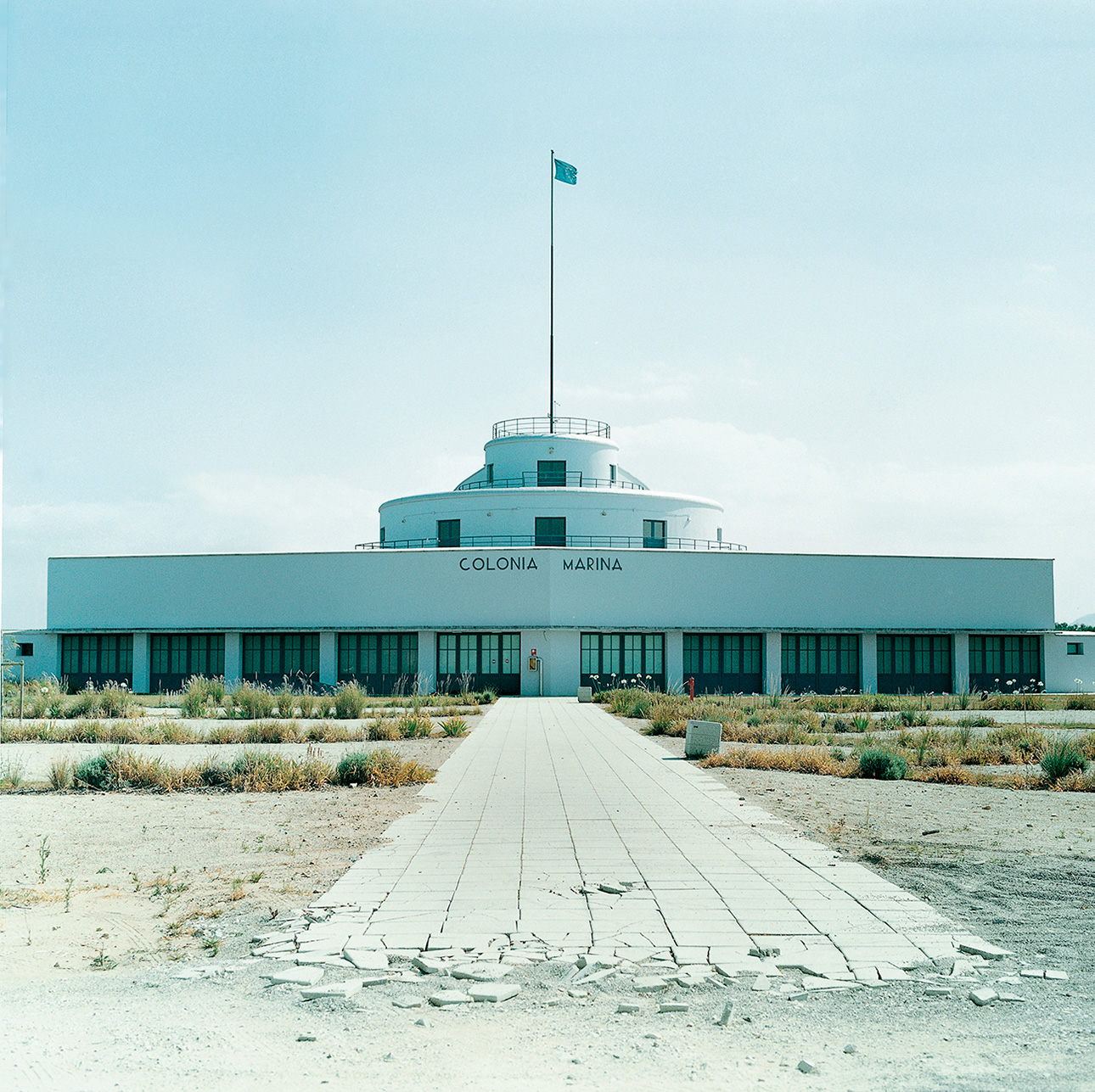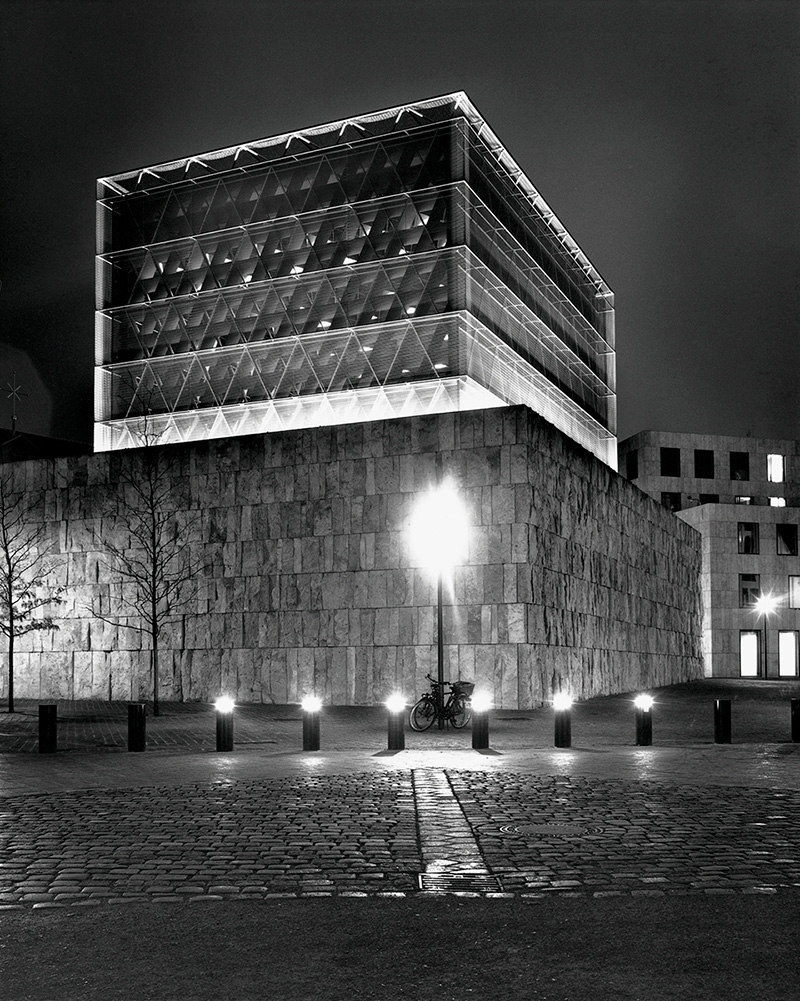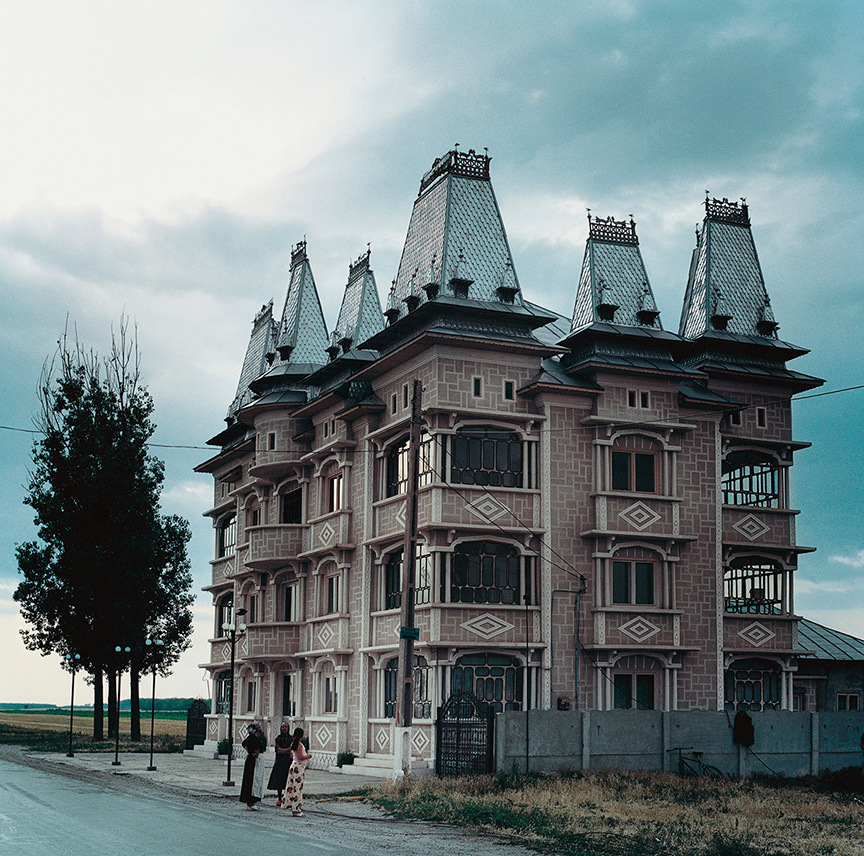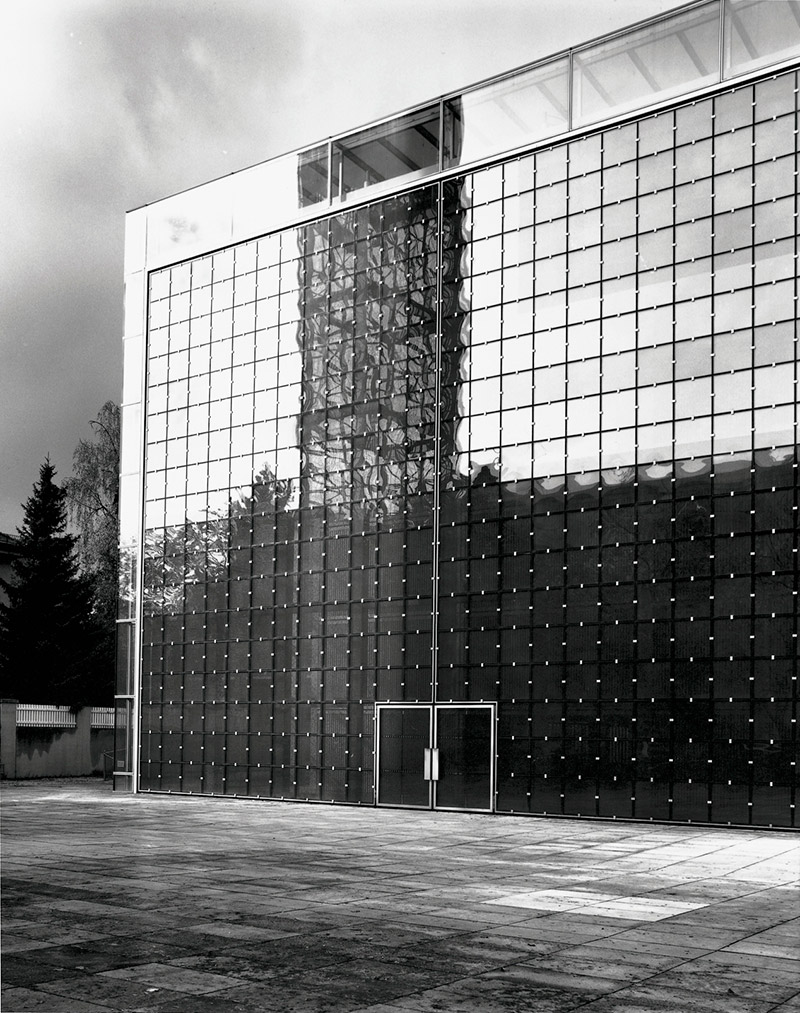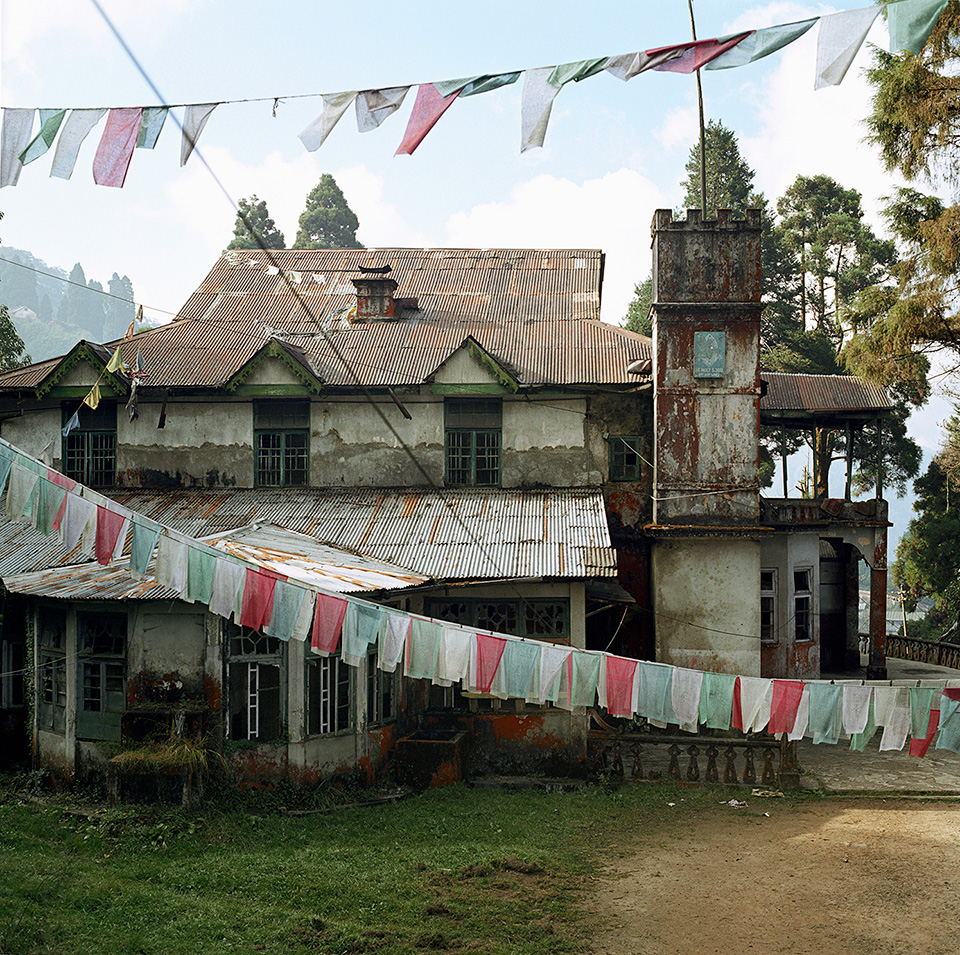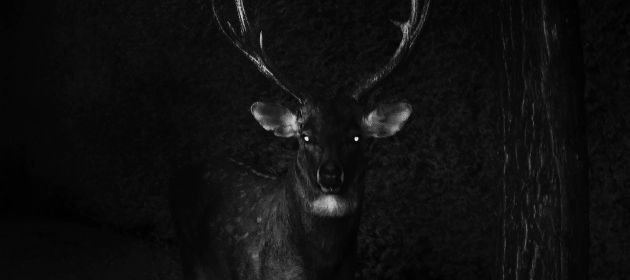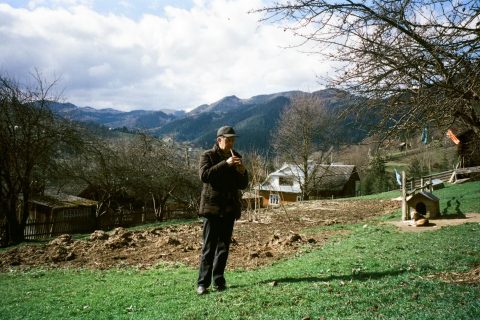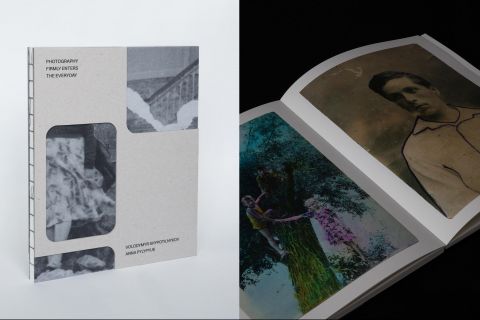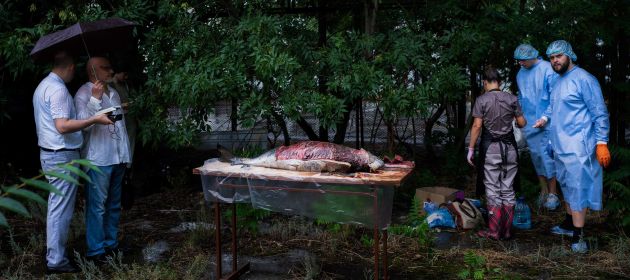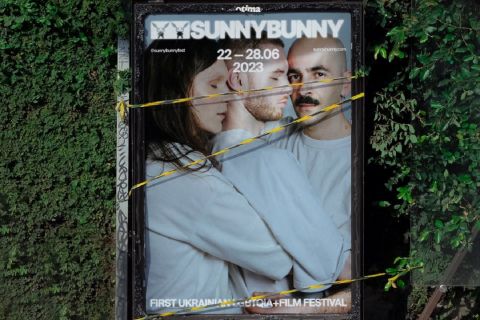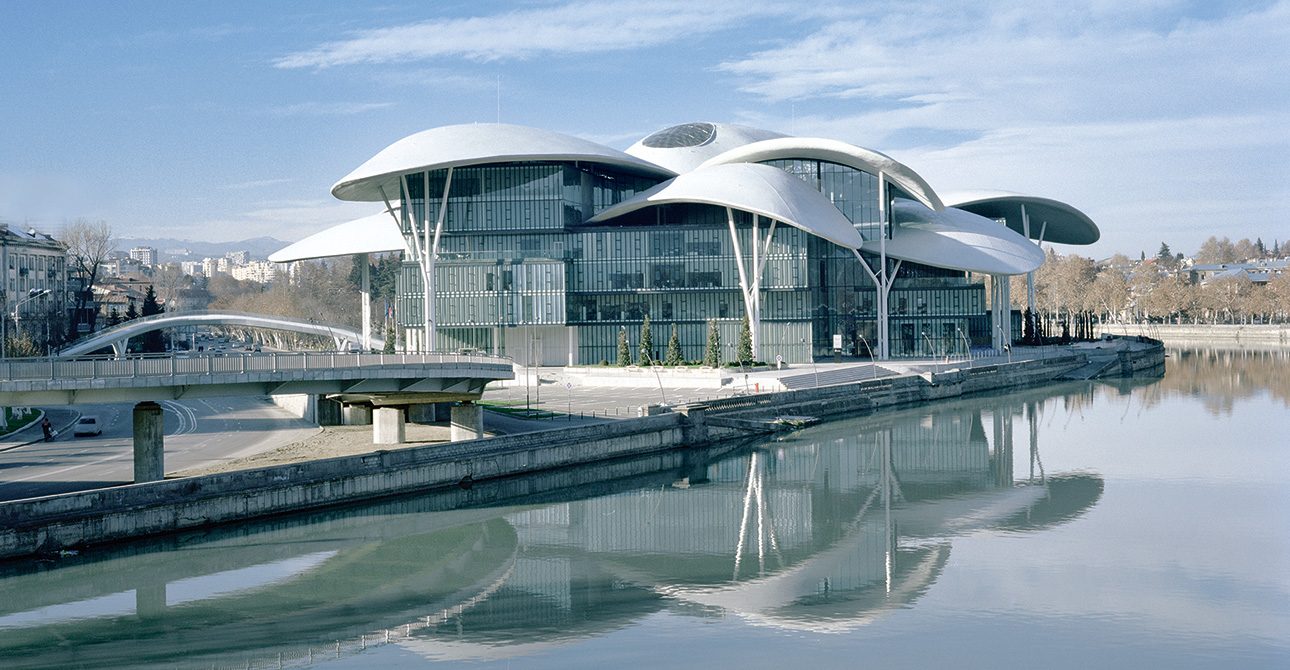
Architectural Photography for Beginners: Tips from Frederic Chaubin

French photographer, editor-in-chief of Citizen K magazine. In 2011, his book USSR was named the best publication on architecture at the International Art, Book, and Film Festival in Perpignan.
— When you have a personal obsession you usually find a medium that helps to express it. I’ve personally always deeply felt the fluid interactions that take place between the present and the past, the blurred lines between what is and what has been. I’m fascinated about traces and this is what photography is dealing with.
Architecture, in a sensitive way, is also totally connected with this puzzling dimension of time. What William Faulkner meant when he wrote: “The past is not dead. It’s not even the past…” This is precisely true about architecture photography.
We belong to a culture of images and icons. Today everybody intuitively knows the rules of composition. You can easily master architecture photography. If shapes and volumes are enough then it’s okay. But to reach beyond is more rewarding. The real achievement is to bring emotion into such pictures. A good photo is the one that takes you behind the mirror, that tells you more than what it shows. To get someone puzzled in front of a building’s photo is the real challenge.
Architecture carries the main, central account of history and culture, it tells a lot literally but tells it even more when deciphered. It opens incredibly deep perspectives. This deciphering task is in some ways romantic, this storytelling, is for me what architecture photography is about.
Before starting, if you practice traditional photography, pray to whoever you’re worshipping to to make sure your forty-year-old camera will keep on working properly.
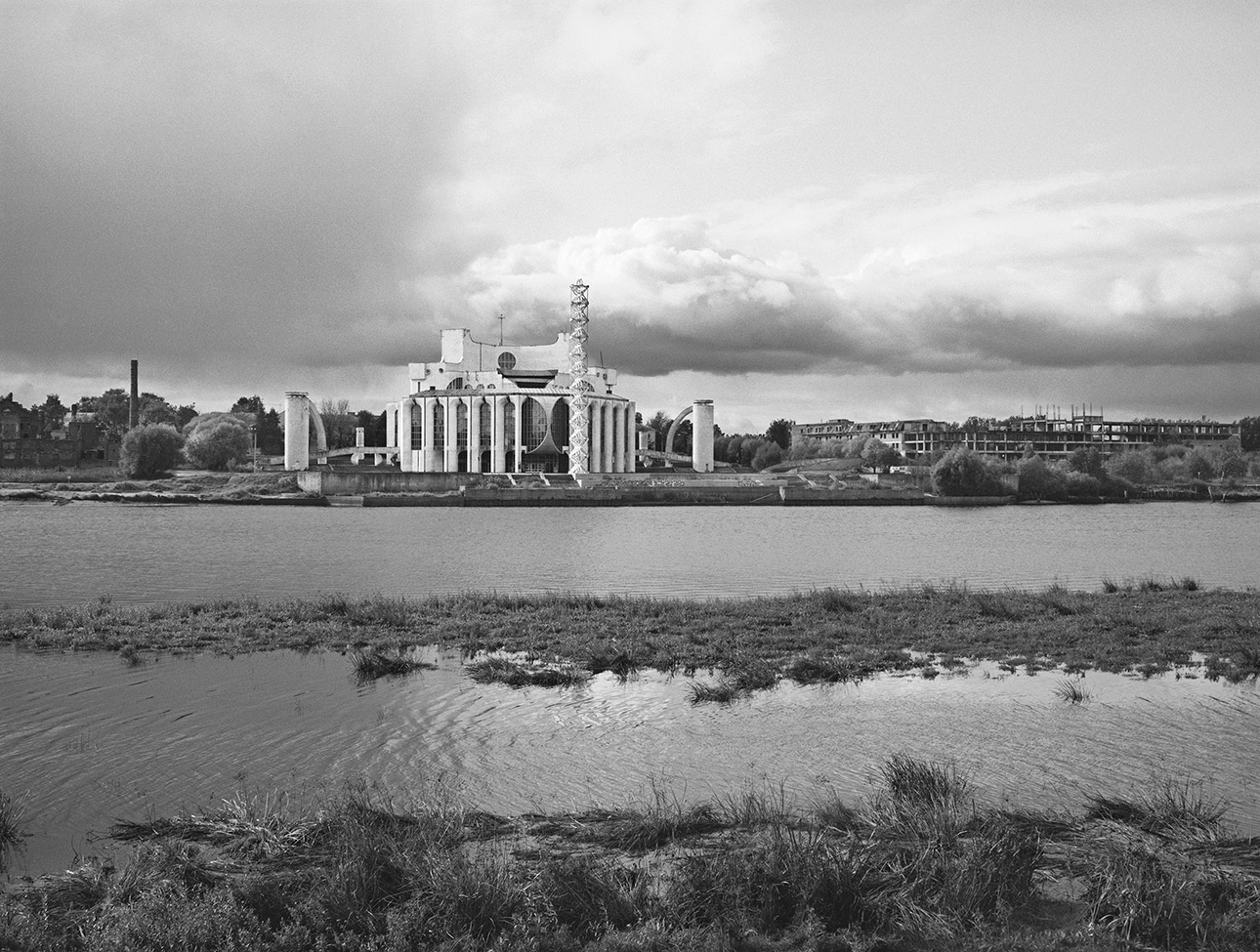
Google Map your target. Not only will you discover the surroundings but you’ll also understand how light connects through the day with the building you are planning to shoot.
Go around the building, find its best profile and make sure you feel an emotion. Emphasize it with your picture. Buildings are expressive.
Don’t stick to the rules or conventions. Try to find an unusual, unprecedented point of view, you’ll get a more subjective result.
Take your time but act fast. You’re not photographing a moving subject under the spotlight, but a still object lit by a changing sky.
If the building has complex shapes, avoid strong shadows. In general, prefer spring and autumn in order to get the softest lights.
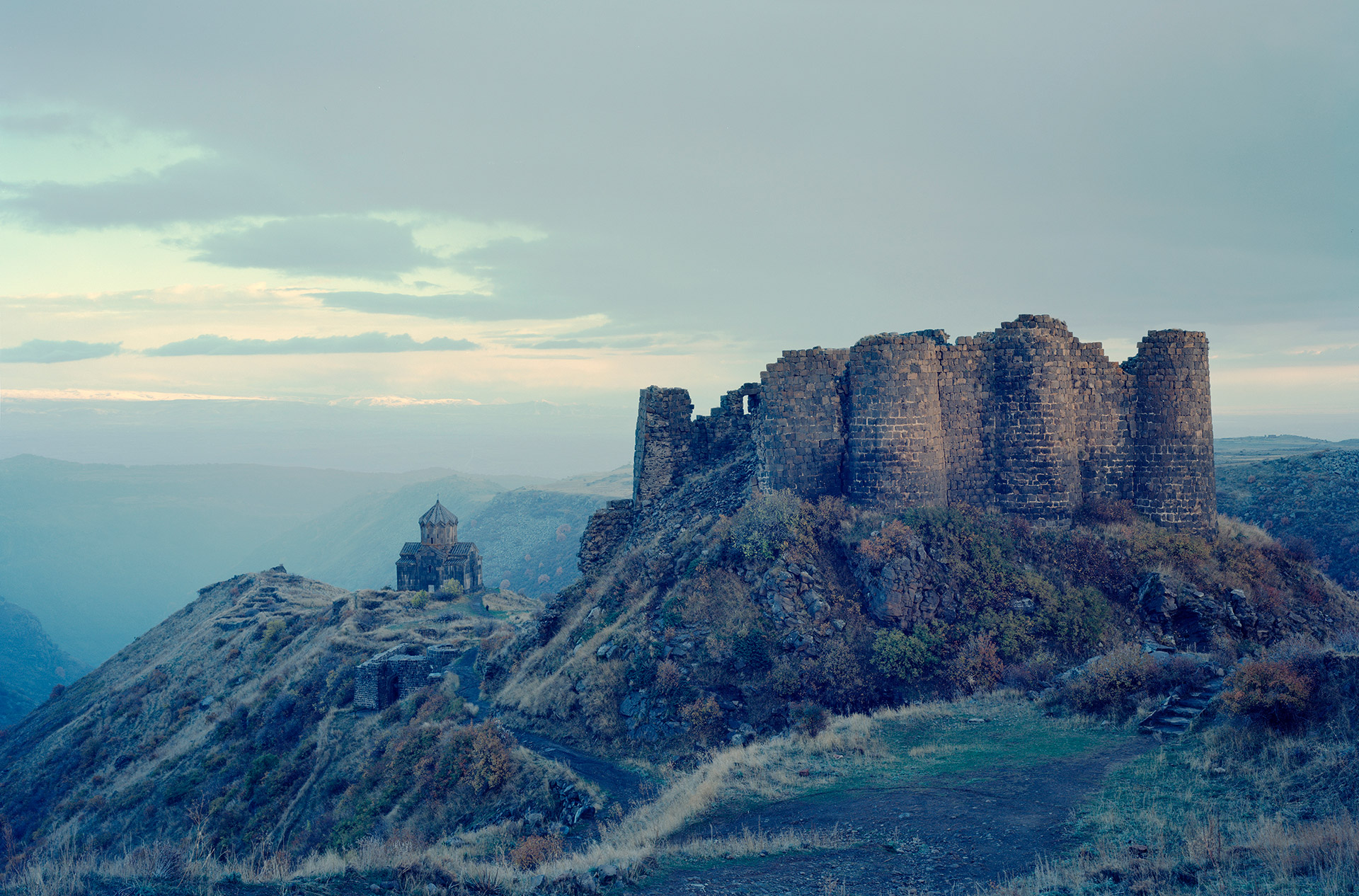
Unless you only care about geometry and abstraction, shoot at a distance. You’ll offer a more narrative point of view.
Don’t be afraid of stormy weather. Nothing is more boring and conventional than a plain blue sky. Just wait for the sunbeam that will transform the scenery.
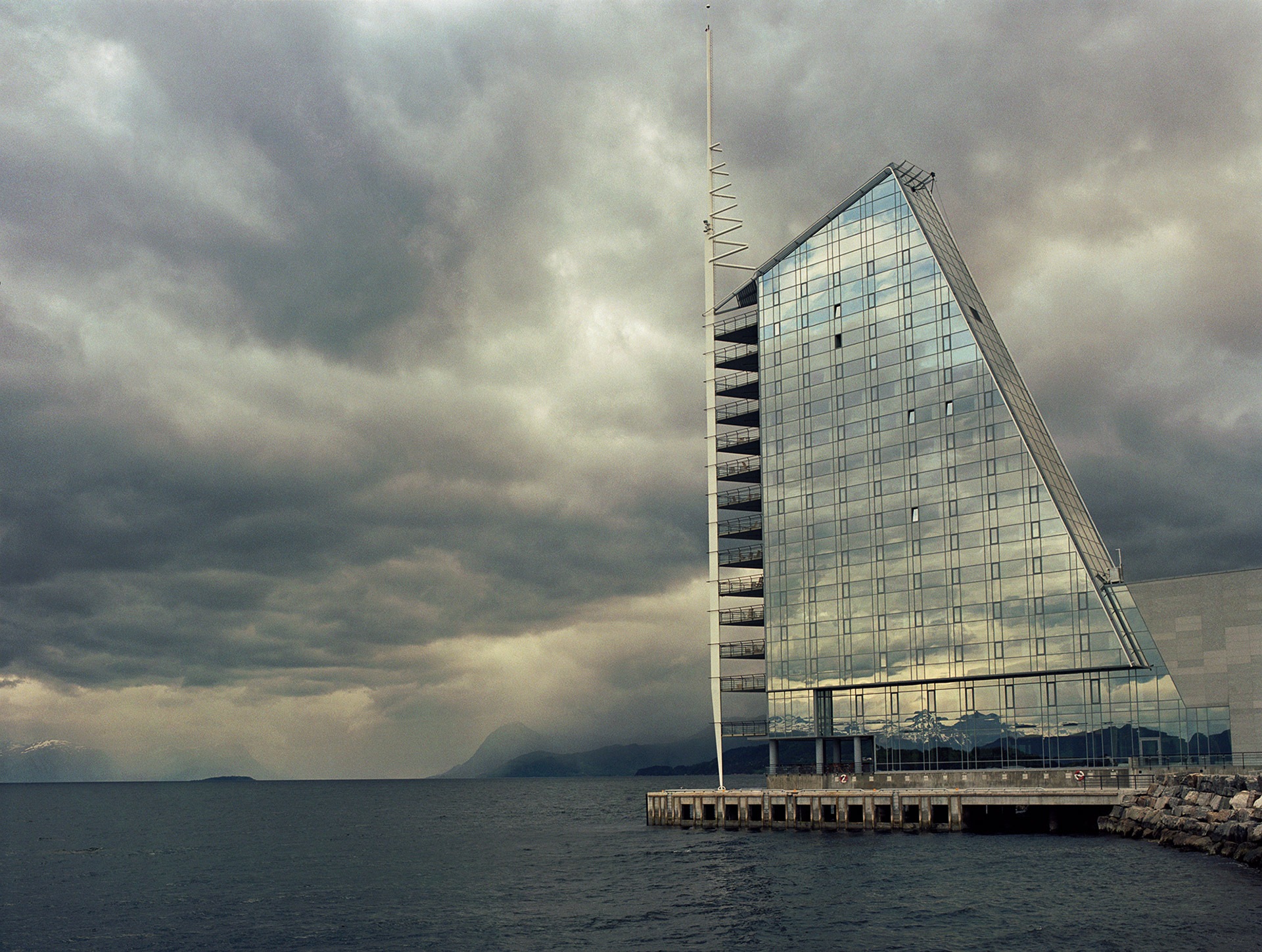
Prefer deep depth of field, which means a long pause and a tripod. You’ll provide more information and offer a better sense of volume.
Don’t forget that you’ll just get what is in the frame. Just make sure that the surrounding atmosphere is in there.
